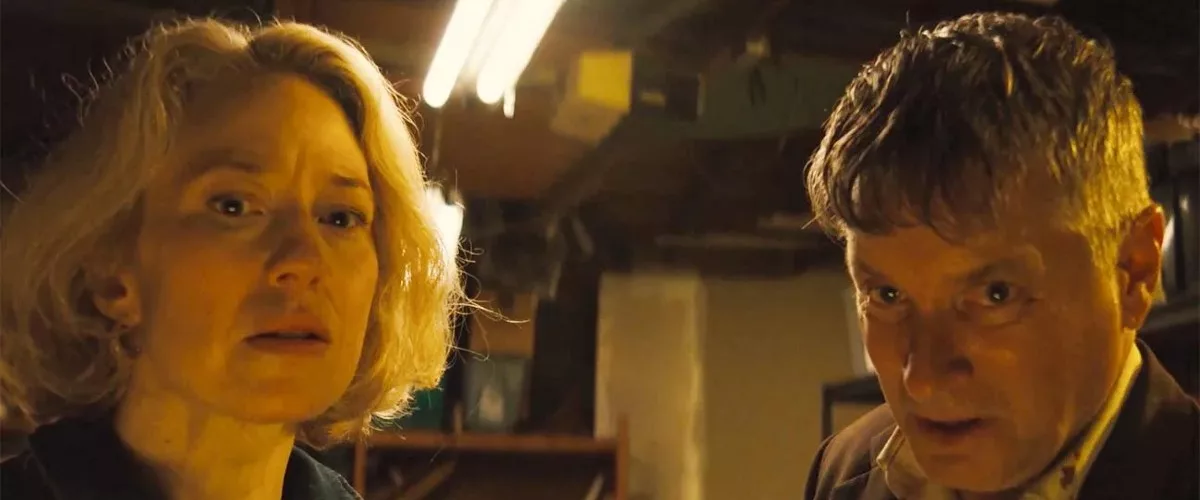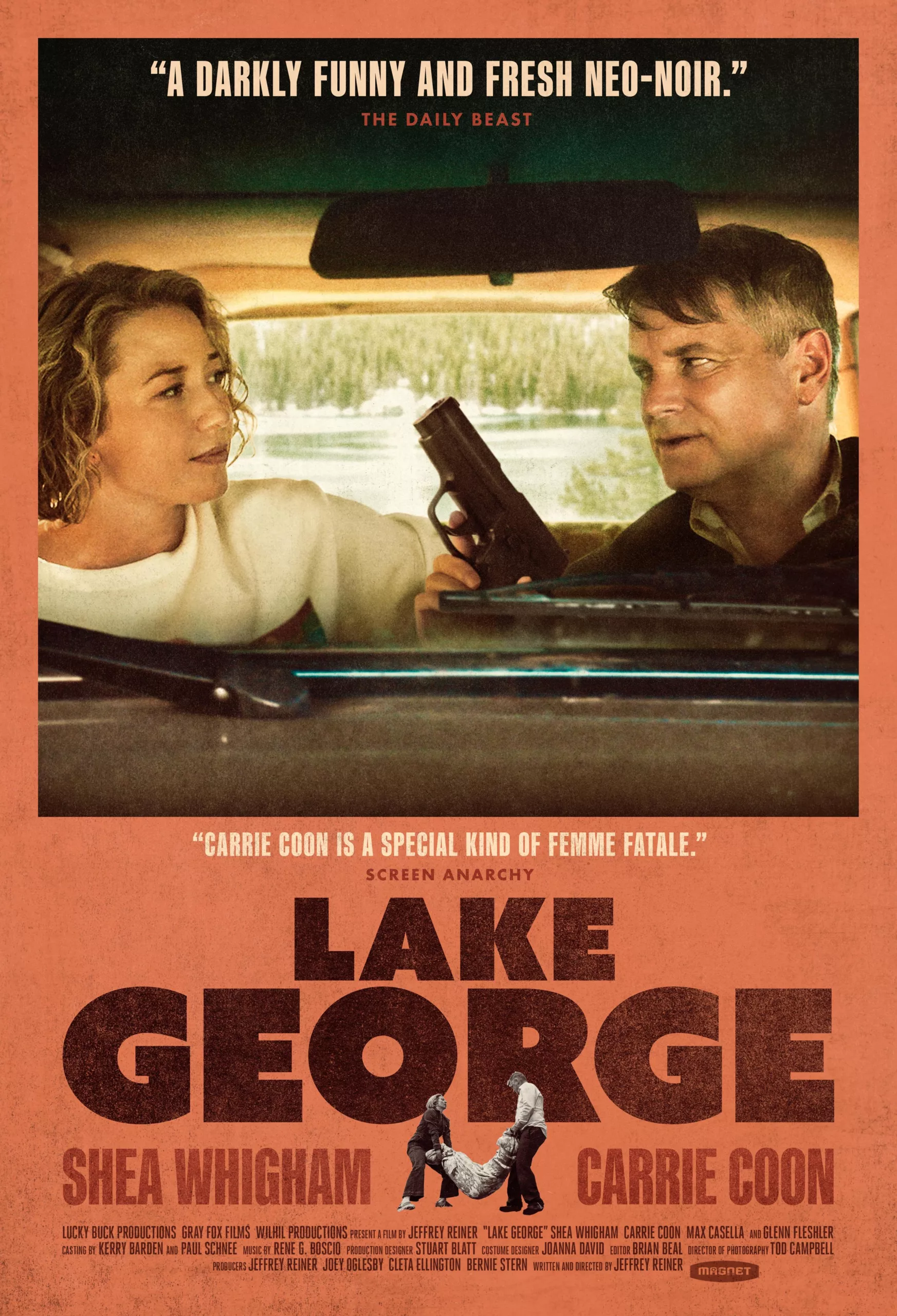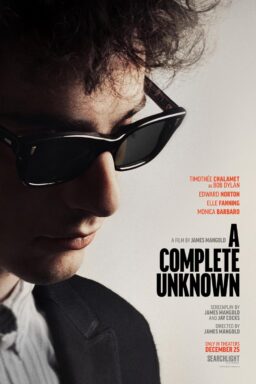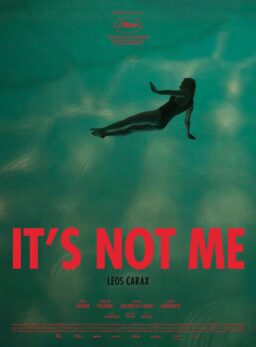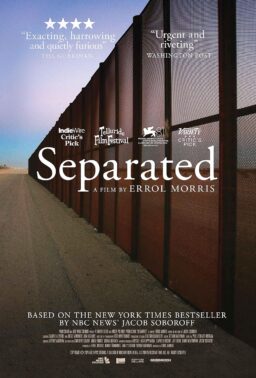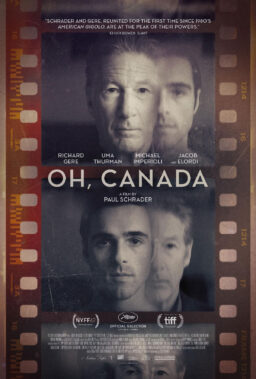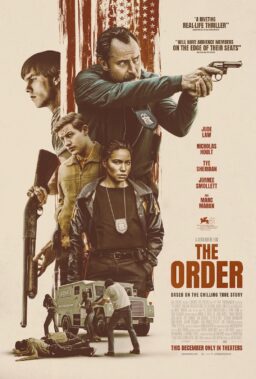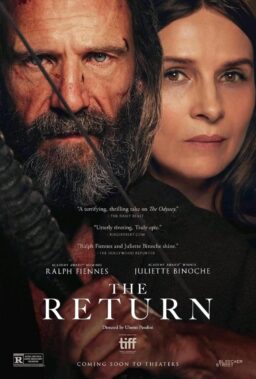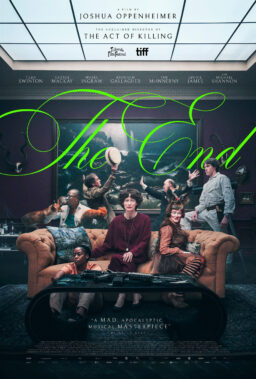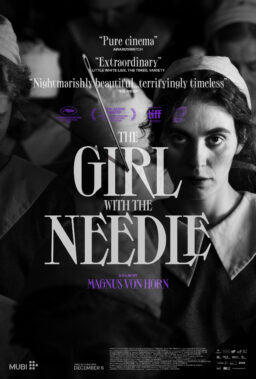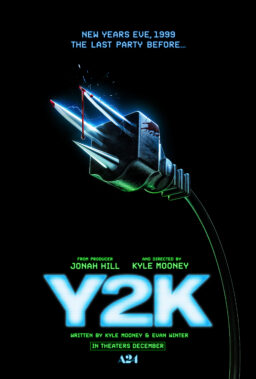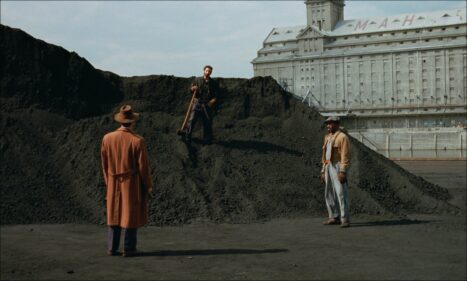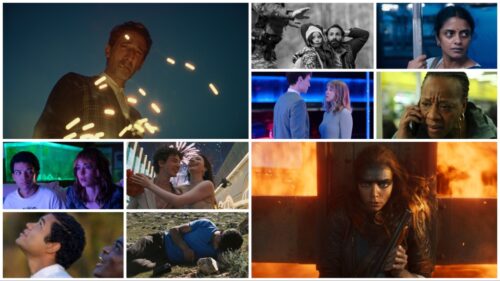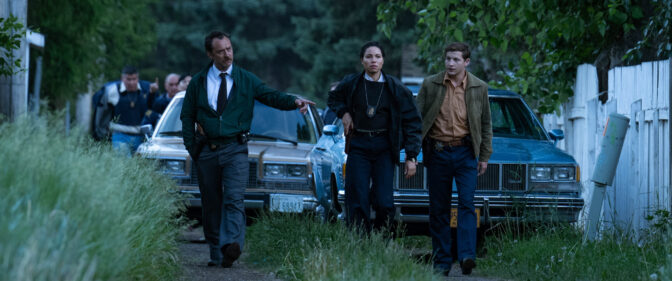Sunshine noir is one of my favorite subgenres of film noir. I love how it finds the darkness of the human soul within the stark, bright light of the Southern California sun. Often, these films begin in the City of Angels but make their way to the outskirts of the region, in desolate parts of the San Fernando Valley or the San Gabriel mountains, the Inland Empire, or the Death Valley desert. In writer-director Jeffrey Reiner’s “Lake George,” two misfits go on a crime odyssey that takes them through almost all these desolate, lonely places.
Don, the always-great Shea Whigham in a rare lead role, is an insurance adjuster out of the pen after doing a 10-year stretch when he finds all of his life rafts post-incarceration have left him hanging out to dry. His only lifeline left his old partner in crime, Armen (Whigham’s one-time “Boardwalk Empire” co-star Glenn Fleshler), an ambitious Armenian gangster whose million-dollar home in Glendale offers him views of Los Angeles and Burbank. Like any good American, Armen wants more out of life, setting his sights on Beverly Hills. But his girlfriend, Phyllis (a wonderfully kooky, bleached-blonde Carrie Coon), is starting to get out of line, threatening his business. Armen owes Don $60,000 but will only give him the money if he helps him “take care” of Phyllis.
A former family man whose gambling debts led him towards white-collar crime, Don is not the kind of guy capable of murder. Instead of doing the deed, he kidnaps Phyllis with a plan to take her to Washington State. The chatty Phyllis, however, has other plans. She knows where all the money is hidden and convinces Dan that the two of them can take Armen for nearly $200,000. More than enough scratch for both of them to start over. This being a film noir, their simple plan quickly goes off the rails.
For the large part of the film’s runtime, this is a slick two-hander between the soulful Whigham and larger-than-life Coon. Their banter is purposely hard-boiled, with just a dash of world-weary wisdom. Whigham has always been an actor capable of broadcasting a large array of nuanced emotions with just a glance or a tilt of his head, and in Don finds the perfect role to showcase his endless capabilities for emotional depth. As Don finds himself drawn deeper and deeper into Phyllis’s world of blood and grisly violence, he says more with his eyes than he does with his words.
Since her breakout roles in “The Leftovers” and “Gone Girl” a decade ago, Coon has proven herself one of the most versatile actors of her generation. In her hands, Phyllis is not just some recovering coke-head floozy with a knack for doling out violence at the drop of a hat. She is also a smart cookie, playing every angle against the middle. She knows how to read Don and can play him like a fiddle, turning on the waterworks or her exuberant charm when necessary. She also takes control of the situation whenever he is overwhelmed. Despite her quirky exterior, Phyllis is a femme fatale who holds her cards tightly to her chest, revealing more of her moral character with every one of the film’s twists and turns.
Viewers familiar with the diverse terrain of Southern California will likely get pleasure from the way cinematographer Tod Campbell beautifully photographs it. In fact, the vast open spaces adjacent to the 101 become their own character. As the two hapless partners trek up and down its hot and sticky asphalt, the road and the landscape begin to reveal their own unique allure. In a way, the film is almost a love letter to this beautifully vast, isolating, and underappreciated part of California.
Some of the film’s humor is derived from just how massive this region actually is. I chuckled when Don tells Phyllis, who is from Glendale, that he’s from Canoga Park and she goes, “Where’s that?” If you know, you know. Reiner deftly weaves this kind of regional humor into his script, along with playful winks and nods to the film noir genre. Don’s profession and his entanglement with a woman named Phyllis is a not-so-subtle homage to Billy Wilder’s “Double Indemnity.” Don reveals he first got into trouble due to gambling on horse races, which could be a nod to Kubrick’s “The Killing” but also alludes to the work of Southern California’s poet laureate of the gutter, Charles Bukowski. The film’s final sequence in the titular Lake George finds its characters near the Inyo National Forest, near the pristine eastern Sierra Nevadas. Don even wears a tourist shirt for the town of Lone Pine, where countless westerns and noir, like the Humphrey Bogart and Ida Lupino vehicle “High Sierra,” were filmed during Hollywood’s golden era.
Along with his deep knowledge of and love for the myriad landscapes of Southern California and its crime film lore, writer-director Reiner confidentially combines brutal violence, existential melancholy, and the mysterious connection that sometimes forms between two people to craft a thoroughly captivating sunshine noir. Fans of Whigham and Coon will feast upon their easy chemistry and delight, following Don and Phyllis as they zig-zag up and down the 101 in search of that elusive big score, leaving a trail of bodies and broken dreams in their wake.
